The torrential rains continued to batter southern Brazil on Friday, offering little relief to residents whose homes have been engulfed by floodwaters, while the number of evacuees doubled within 24 hours.
In the state of Rio Grande do Sul, residents were bracing for a weekend of heavy rainfall, just as the waters, which had turned city streets into rivers, had started to recede.
The relentless downpour, which experts attribute to climate change exacerbated by the El Nino weather phenomenon, has impacted nearly two million people, resulting in 126 fatalities and 756 injuries. Additionally, 141 individuals remain missing, as reported by authorities.
Despite efforts to restore some semblance of normalcy in the state capital Porto Alegre, with certain businesses reopening and traffic resuming on flooded streets, the respite was short-lived as ominous grey clouds unleashed yet another deluge.
The region is anticipating further precipitation accompanied by intense winds and hail, according to the National Institute of Meteorology. Meteorological forecasts from the MetSul Meteorologia site have indicated the likelihood of up to 200 mm (7.9 inches) of rain by Monday.
The Guaiba River, which traverses Porto Alegre, has reached historic levels, exacerbating the crisis. The number of people displaced from their homes surged in the past 24 hours to approximately 411,000, with over 71,000 seeking refuge in shelters.
Clean drinking water remains scarce in Porto Alegre, prompting the delivery of supplies by tanker trucks to shelters and hospitals. In severely affected areas like Eldorado do Sul, residents rely on boats to transport essential supplies, as floodwaters have submerged streets and caused widespread destruction.
The catastrophe has resulted in the destruction of over 85,000 homes and inflicted significant damage to the region's agricultural sector. Farmers, such as Daniel Dalbosco, have reported substantial losses, with crops submerged under several meters of water.
Clare Nullis, spokeswoman for the UN meteorology agency WMO, described the disaster as the combined impact of El Nino and climate change. She emphasized that even after El Nino subsides, the long-term effects of climate change will persist, leading to more frequent and severe weather events.



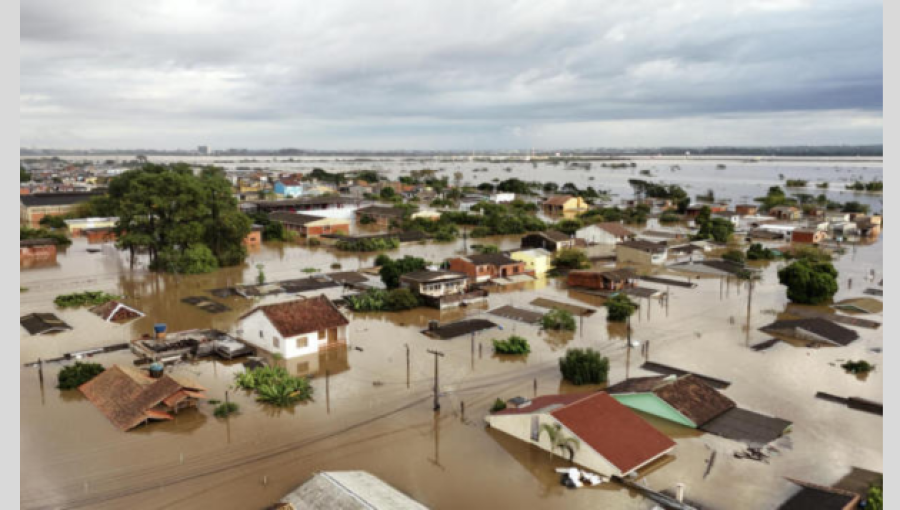
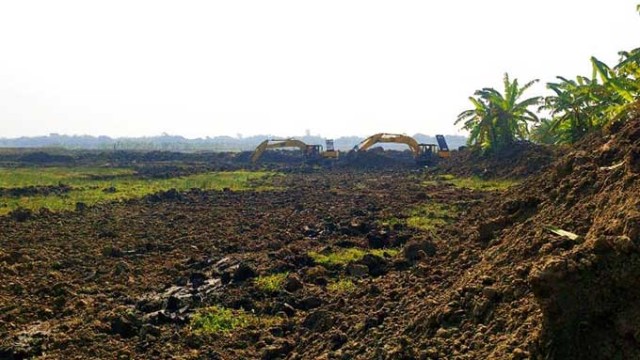
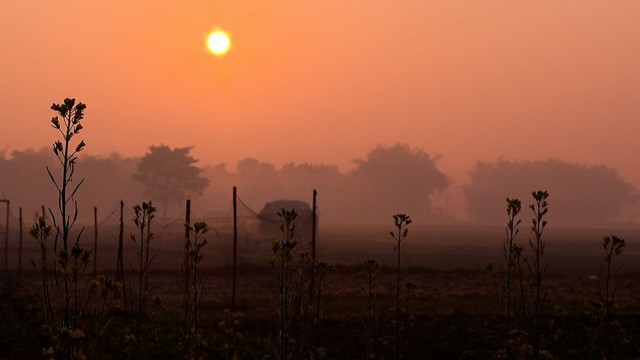
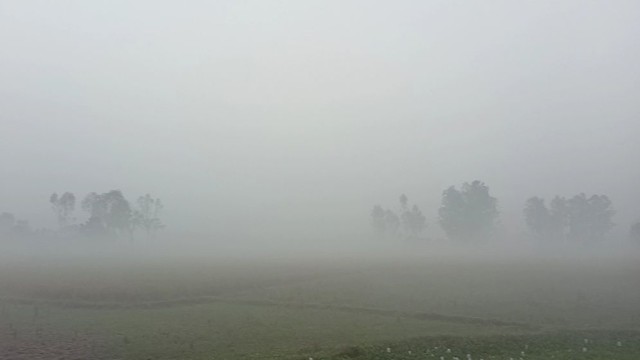


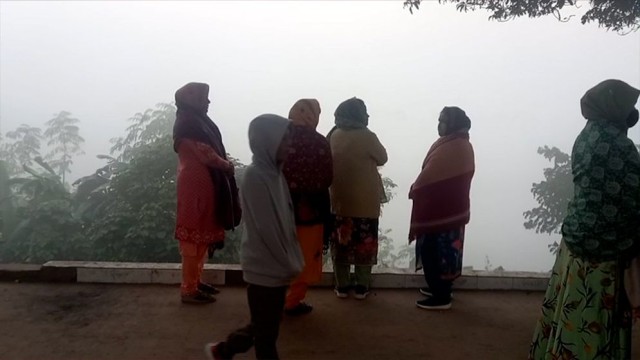


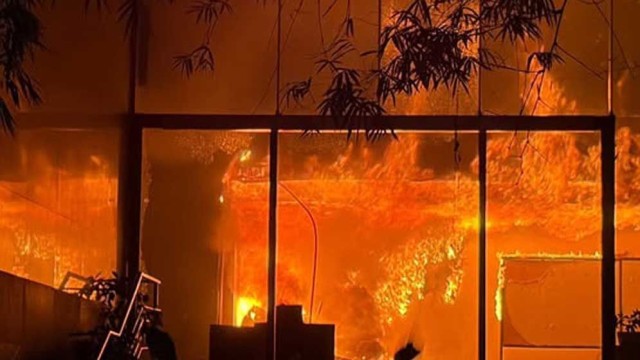






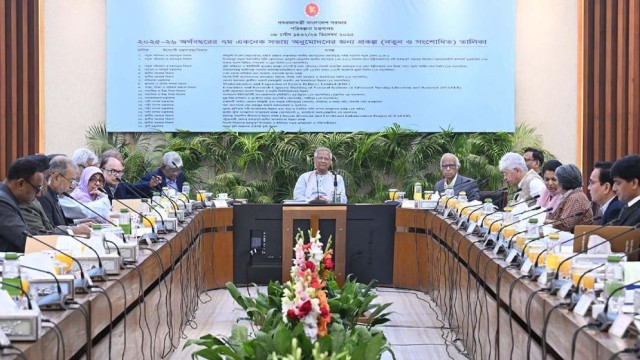


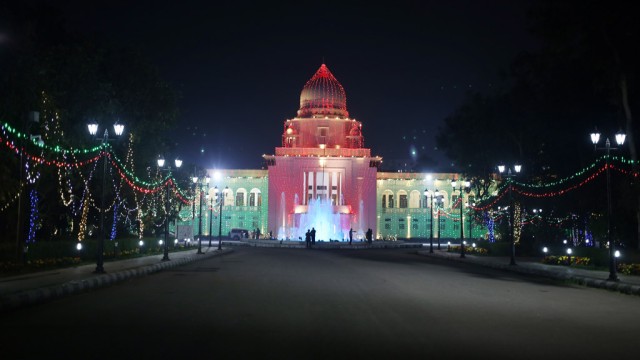



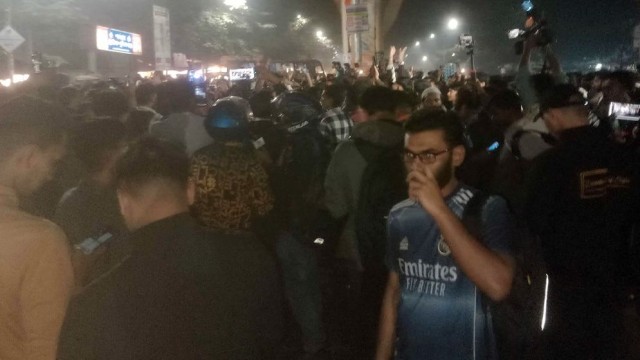




Comment: